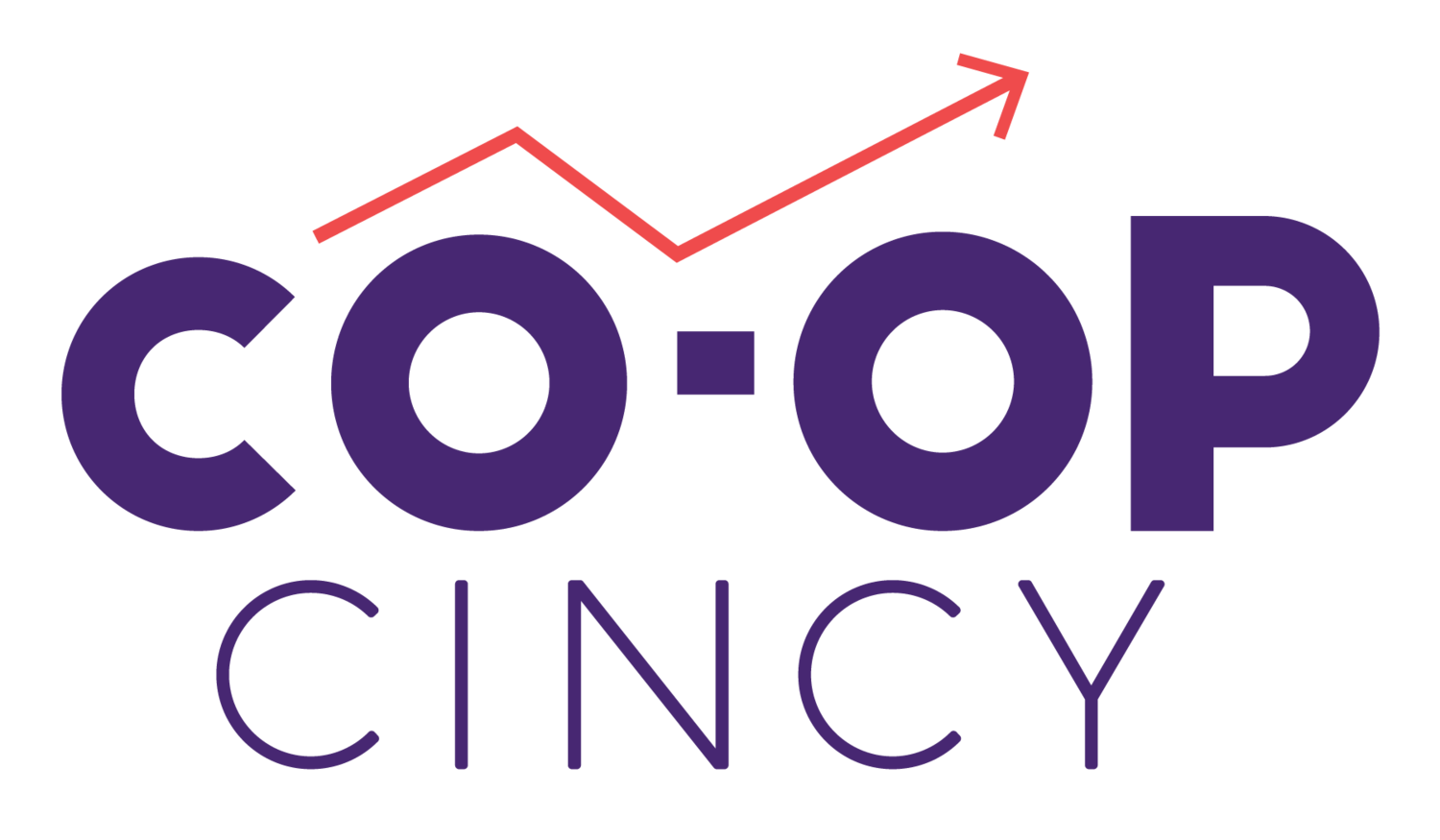Renting Partnerships
In this video, Co-Founder Carol Smith speaks about Renting Partnerships’ innovative model, which stabilizes rent AND helps residents build wealth at the same time. Potential residents have started to organize a second building — one located right next door to their first property!
Renting Partnerships offers a new model in housing — unlike typical renting or owning — that’s permanently affordable and enables residents to invest social capital and receive a financial return. This model addresses one of the root causes of economic and racial inequality: the lack of property ownership for low-income families who rent long term.
creating wealth
Renting Partnerships provides a participatory management system that creates financial assets for households. Stable, committed residents preserve the quality and affordability of housing that’s owned or leased collectively. This system creates a sense of ownership, as well as the security that low-income households need to grow personally and financially.
Renting Partnerships prevents homelessness, generates wealth, and gives people more control over their lives. Families are able to become stable, financially independent, and invested in their communities. To learn more, visit rentingpartnerships.org.
Photo courtesy of the Facebook page of Indiana's Riley Area Development Corporation.
Renting Partnerships is a nonprofit whose goal is to develop the social and financial capital of people of lower incomes, people of color, and others marginalized in society.
In 2015, Renting Partnerships entered into a long-term master lease with a nonprofit developer in the Avondale neighborhood of Cincinnati. The agreement assures the nonprofit owner a fixed monthly income. Renting Partnership’s sublease establishes rights for residents to participate in decision-making and build financial equity. Its plan is to proceed with one property at a time on the street as it builds capacity to undertake larger scale development. It’s currently seeking to raise $250,000 in donations and grants to acquire and rehabilitate a property.
The Program
Why is this needed?
We need a way for low income people to raise their social and economic status which does not require them to buy and sell a home. Americans typically accumulate and store wealth through homeownership but not everyone is able to participate or benefit. The economic divide between owners and renters is growing.
Historically, African-Americans were left out of programs and financing for homeownership. One consequence of that is that Black wealth barely exists.
Today, economic inequality and financial insecurity is becoming more widespread. Renting Partnerships can enable anyone who is left out of ownership to participate in the operation of their housing and build the nest egg they need to weather emergencies and build a better life.
How does it work?
Each household earns financial credits by fulfilling commitments for their lease, including upkeep of common areas and attending monthly meetings. Participation is measured monthly and credits assigned according to an amortized schedule. Money that is budgeted for vacancy and turnover is saved as the result of resident commitment and used to provide financial payments to residents for credits earned. Households are eligible to redeem credits for rent or financial payment after five years. They can accrue up to $10,000 in credits in 10 years.
Watch this in-depth explanation of the origins of the renter equity model and how it works on Peter Block’s The Abundant Community webinar with Margery Spinney from this spring!
The Results
In 1999, Margery Spinney created the first participatory management system with renter equity credits for a low-income housing project being developed by the Women's Research and Development Center and the Franciscan Friars in Cincinnati, Ohio. At the time, Margery was Director of the Cornerstone-Homesource Community Loan Fund, which expanded its mission to implement the concept — becoming the Cornerstone Corporation for Shared Equity. She recruited and guided resident participation with Carol Smith, the property manager, and developed the financial system.
Between 2002 and 2012, 59 households in this and 2 subsequent development projects accumulated over $140,000 in equity credits even though their income averaged about $20,000 per year.
In 2013, Margery and Carol formed Renting Partnerships in order to establish a framework to expand best practices in participatory management and assure long term accountability to the resident community.






